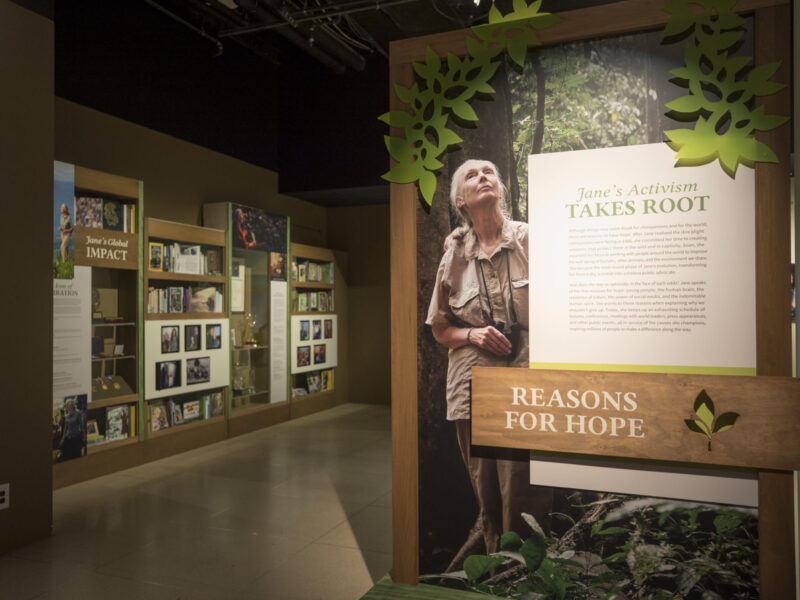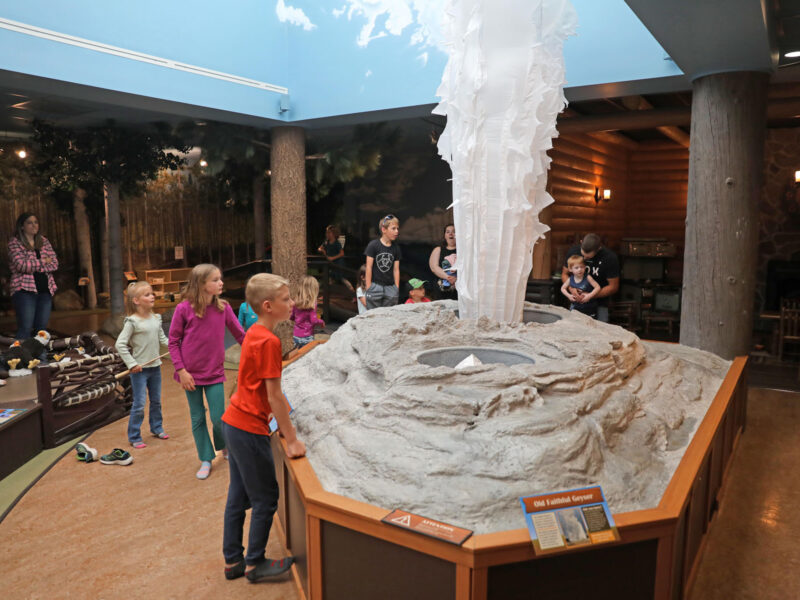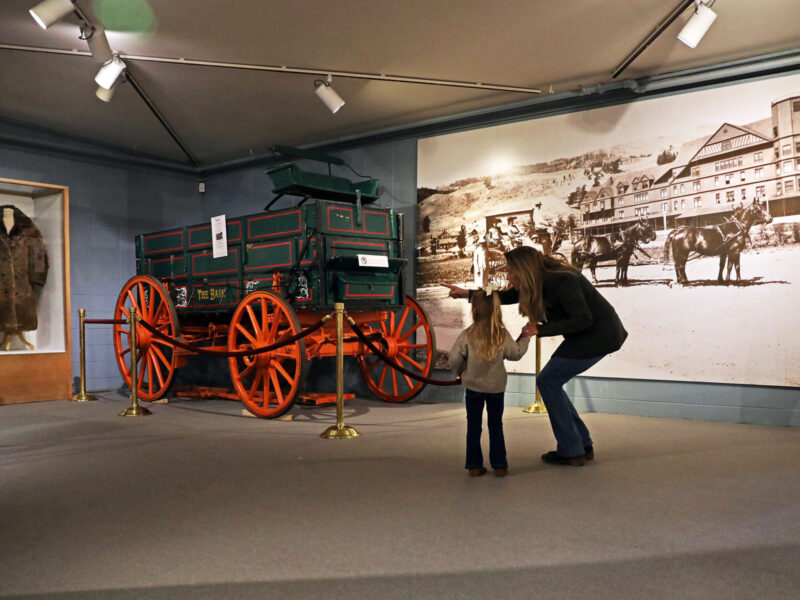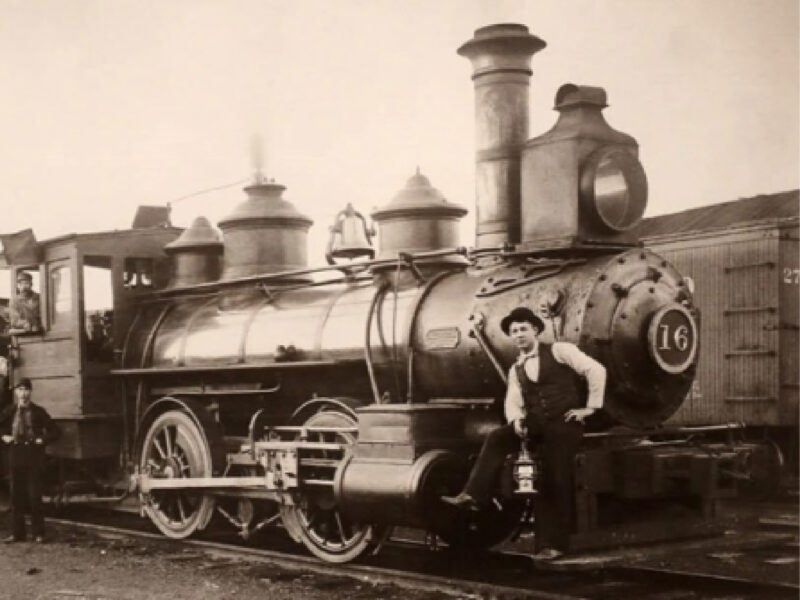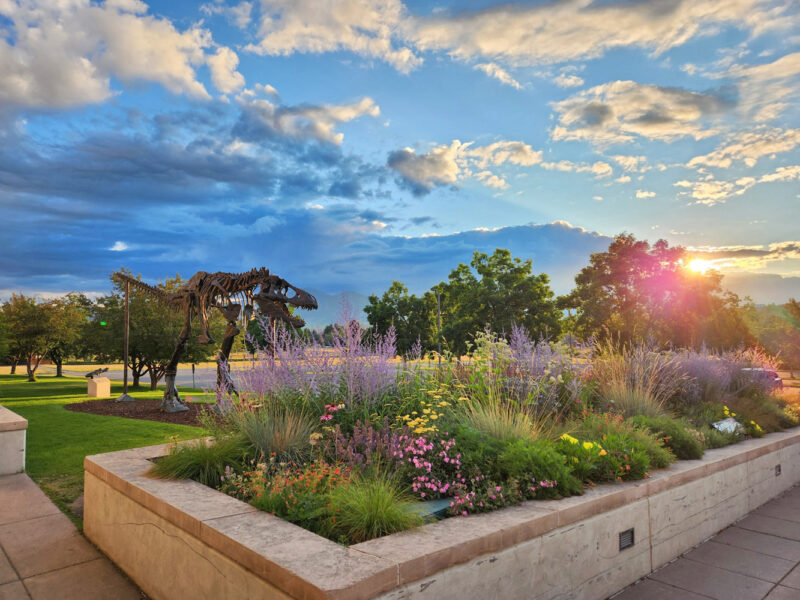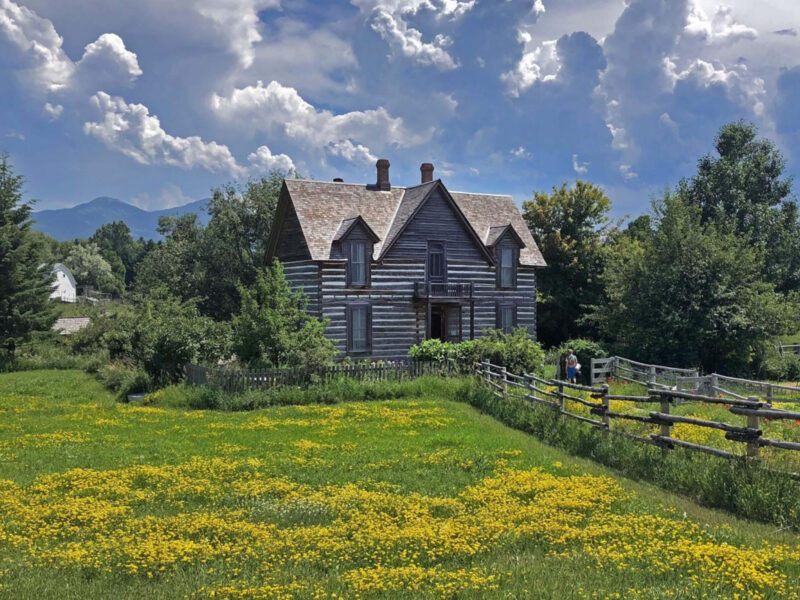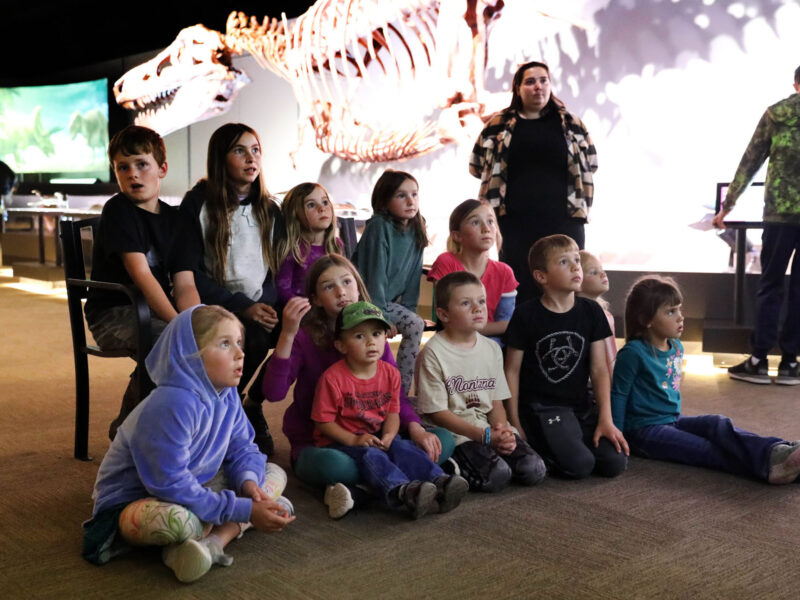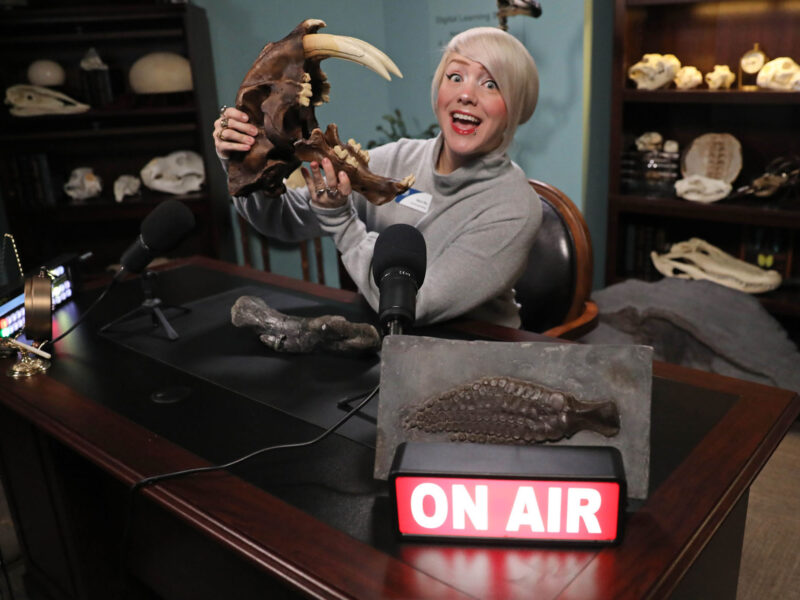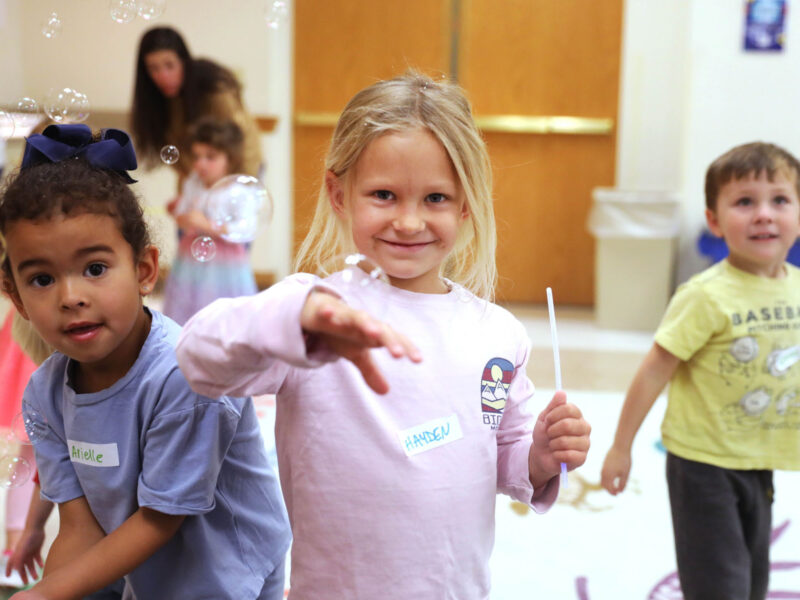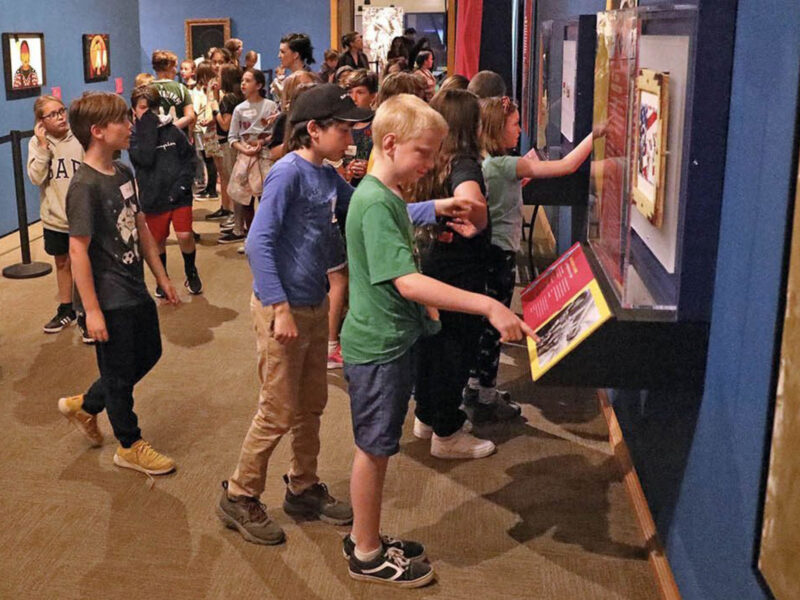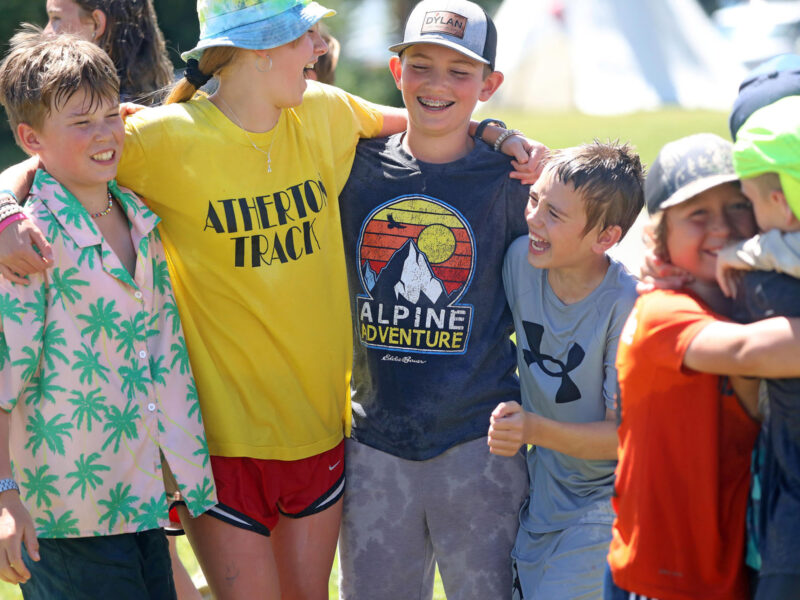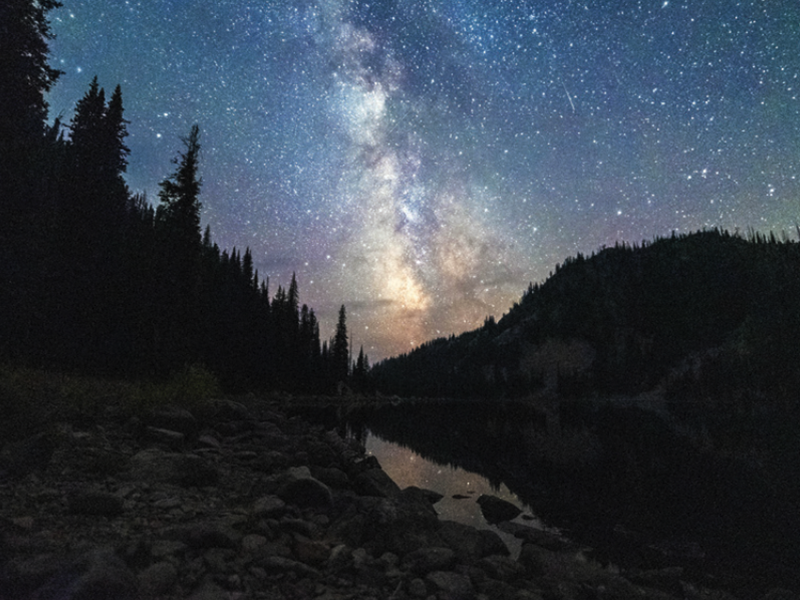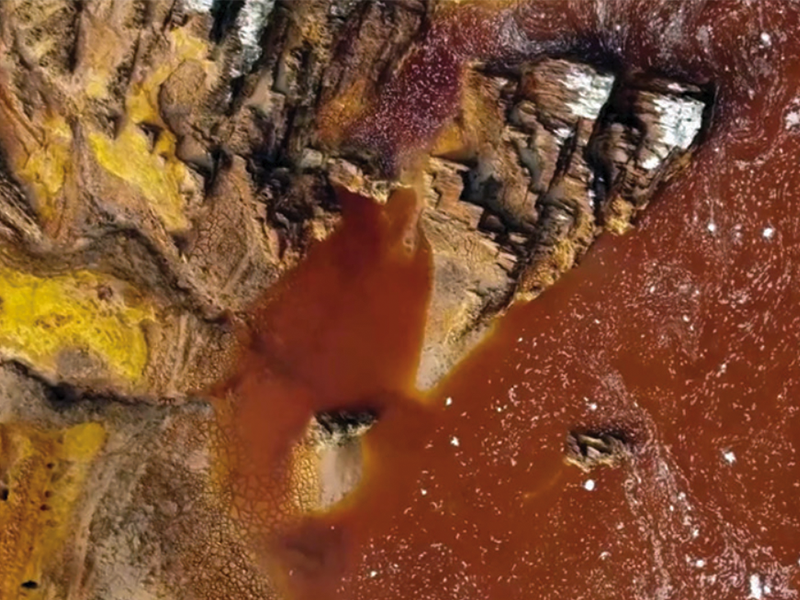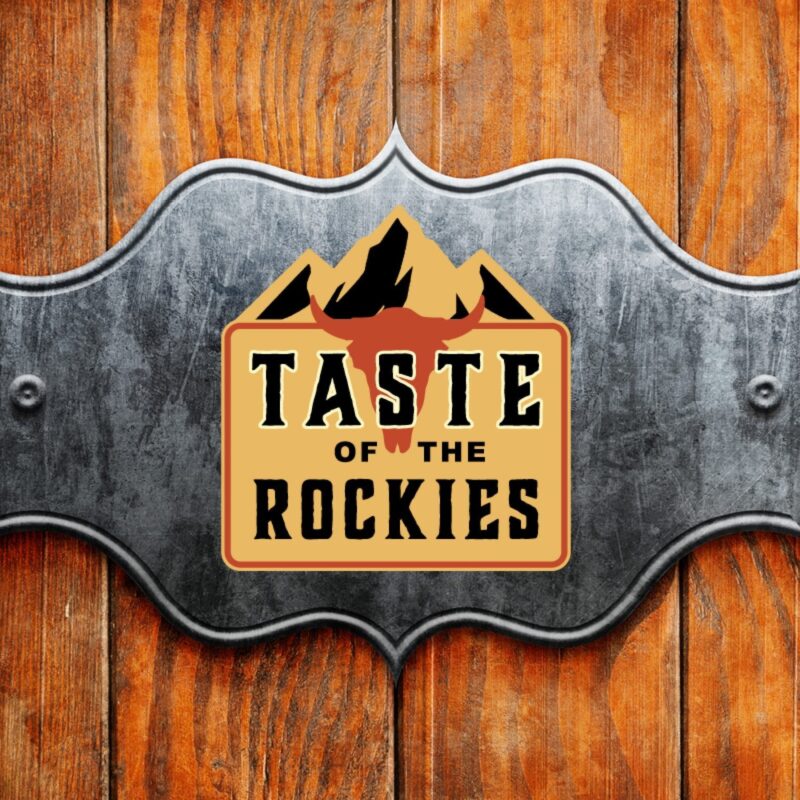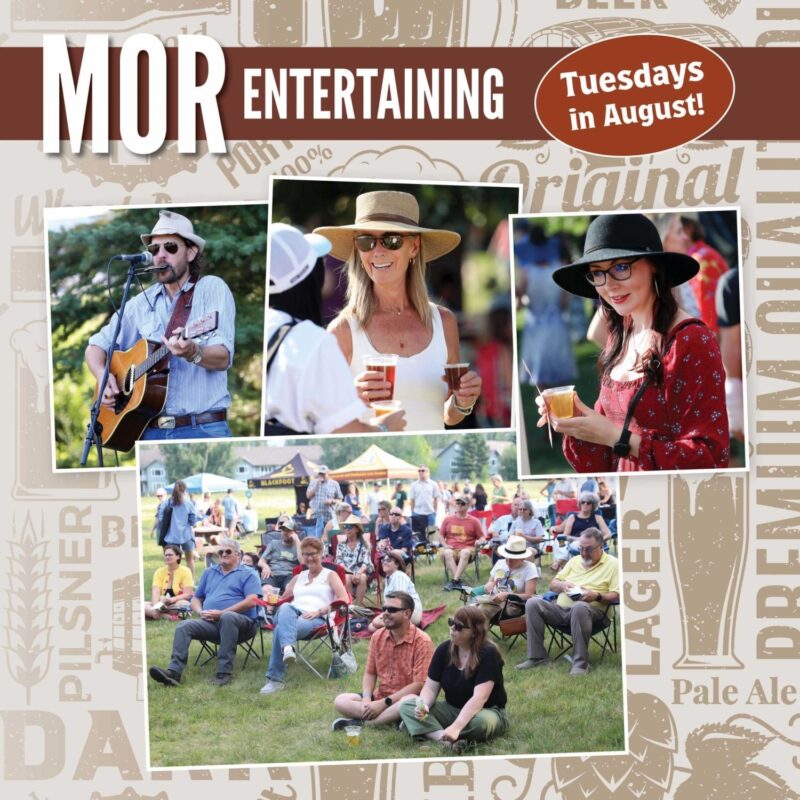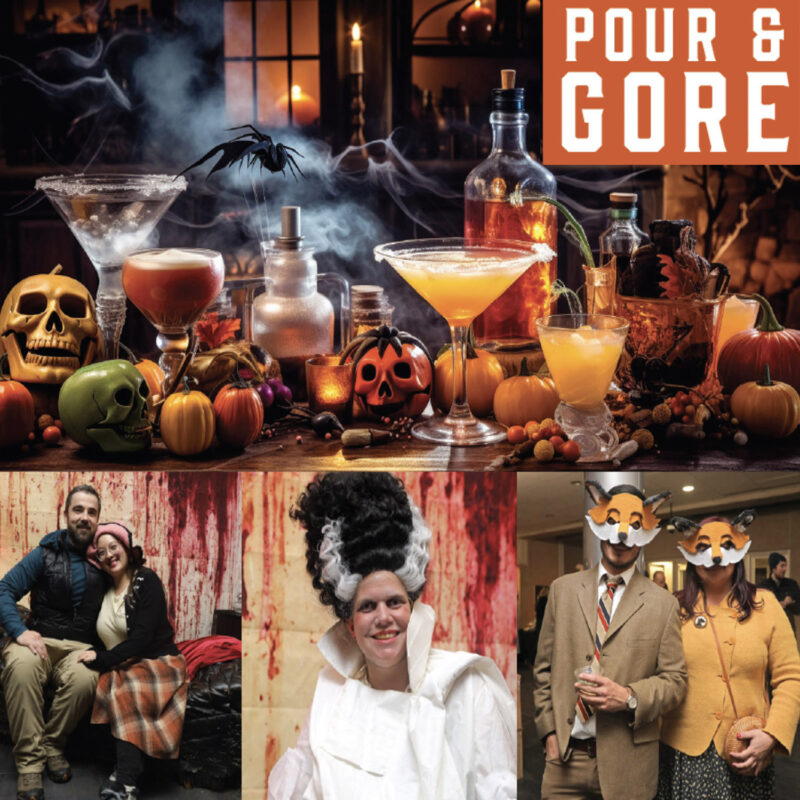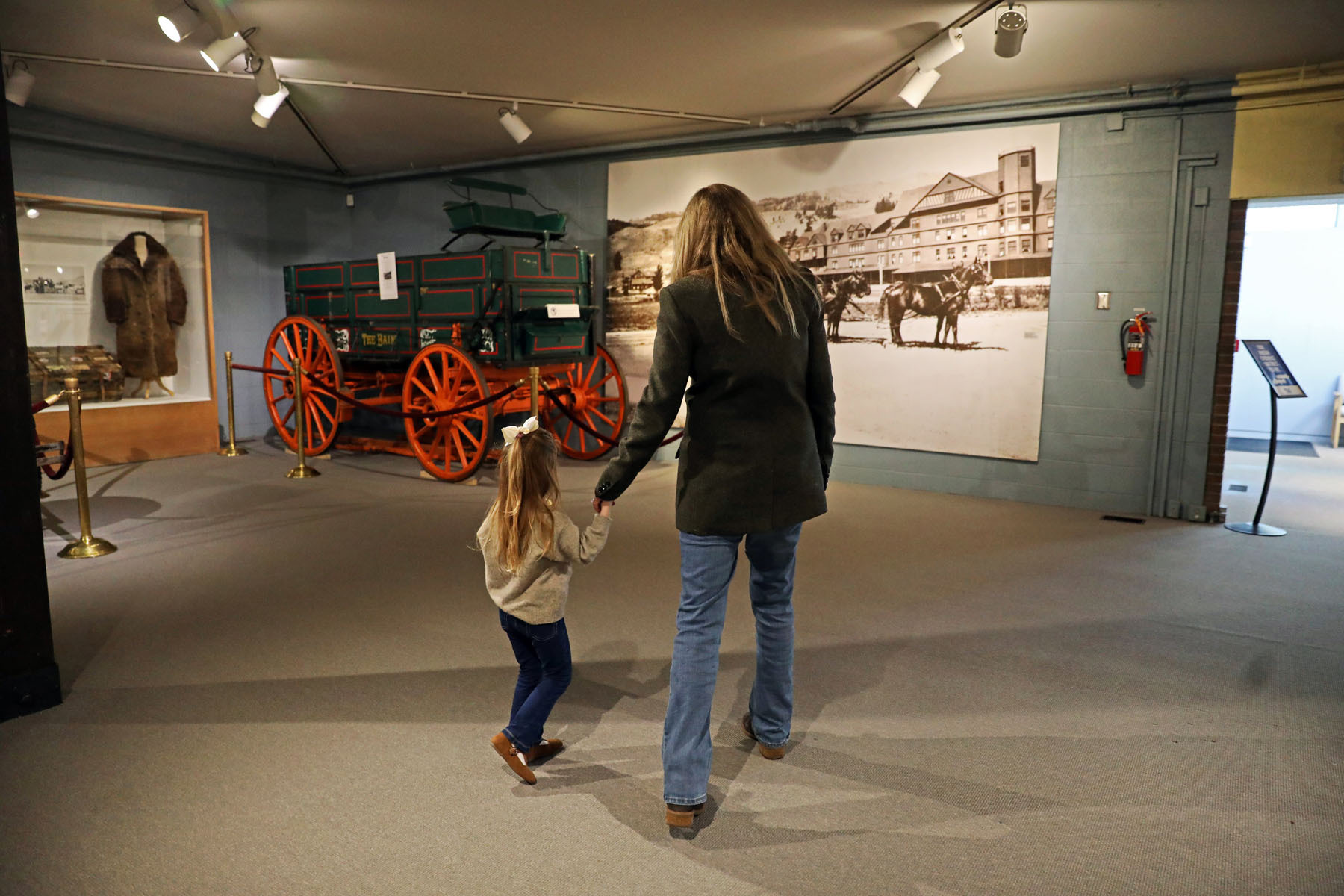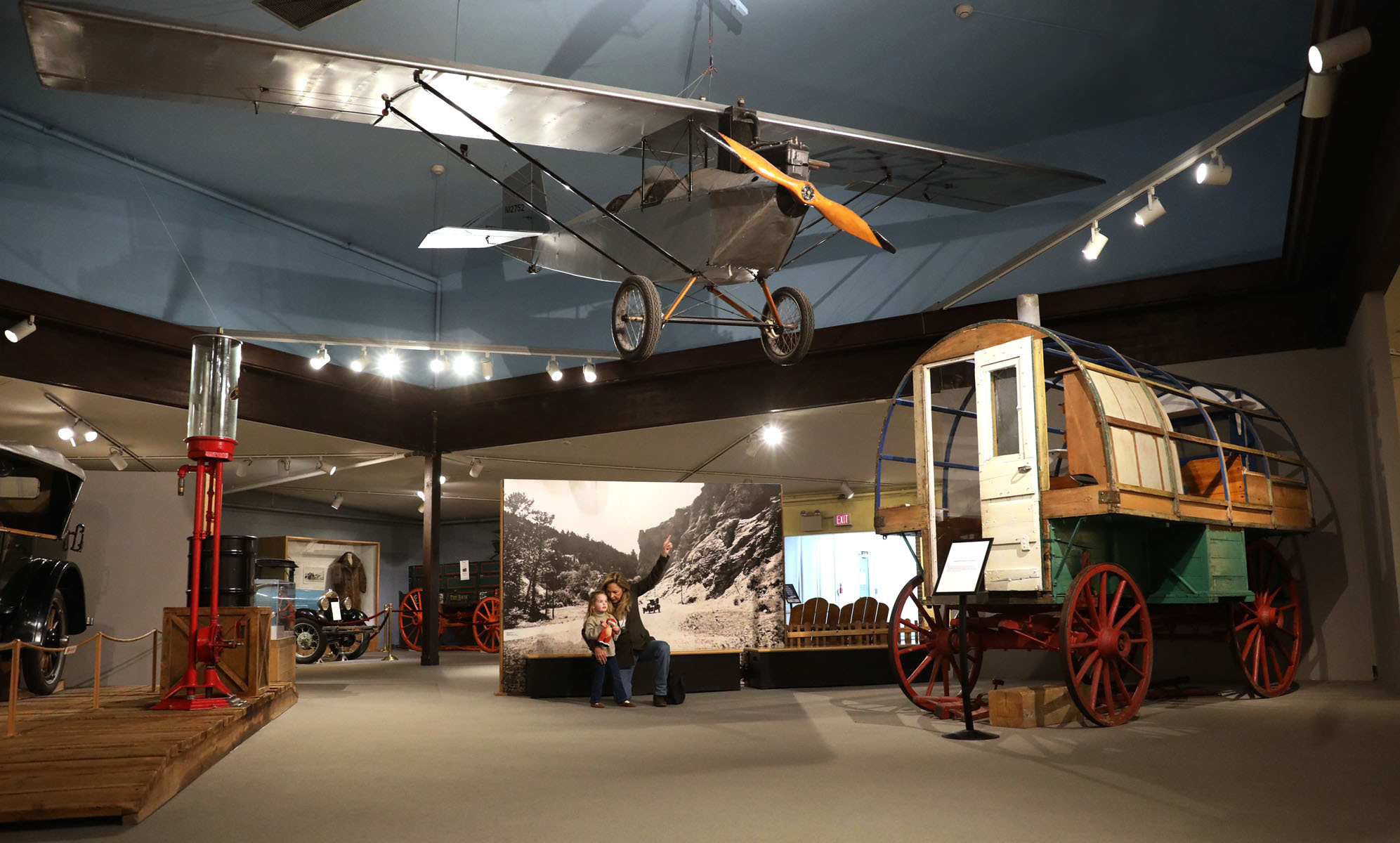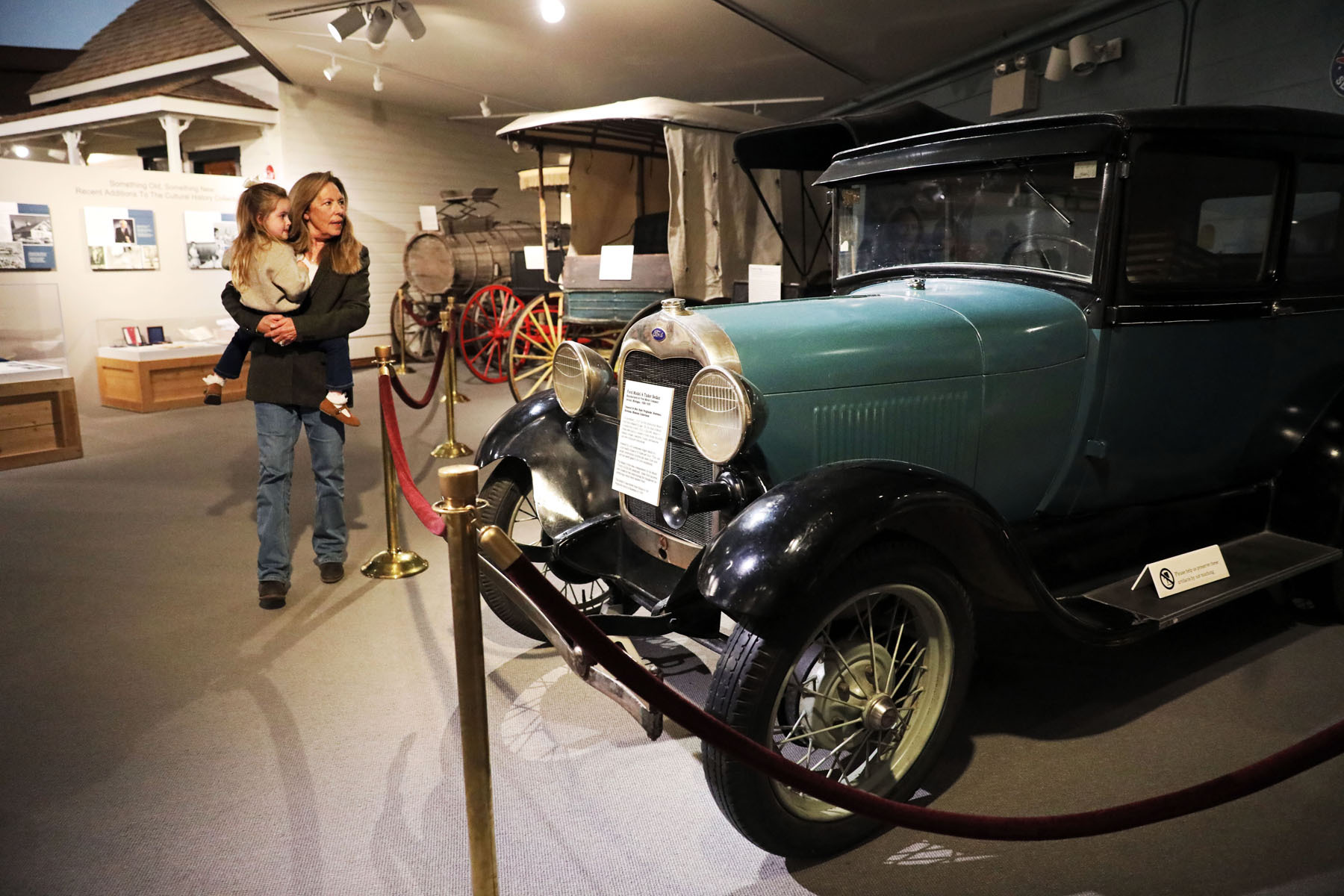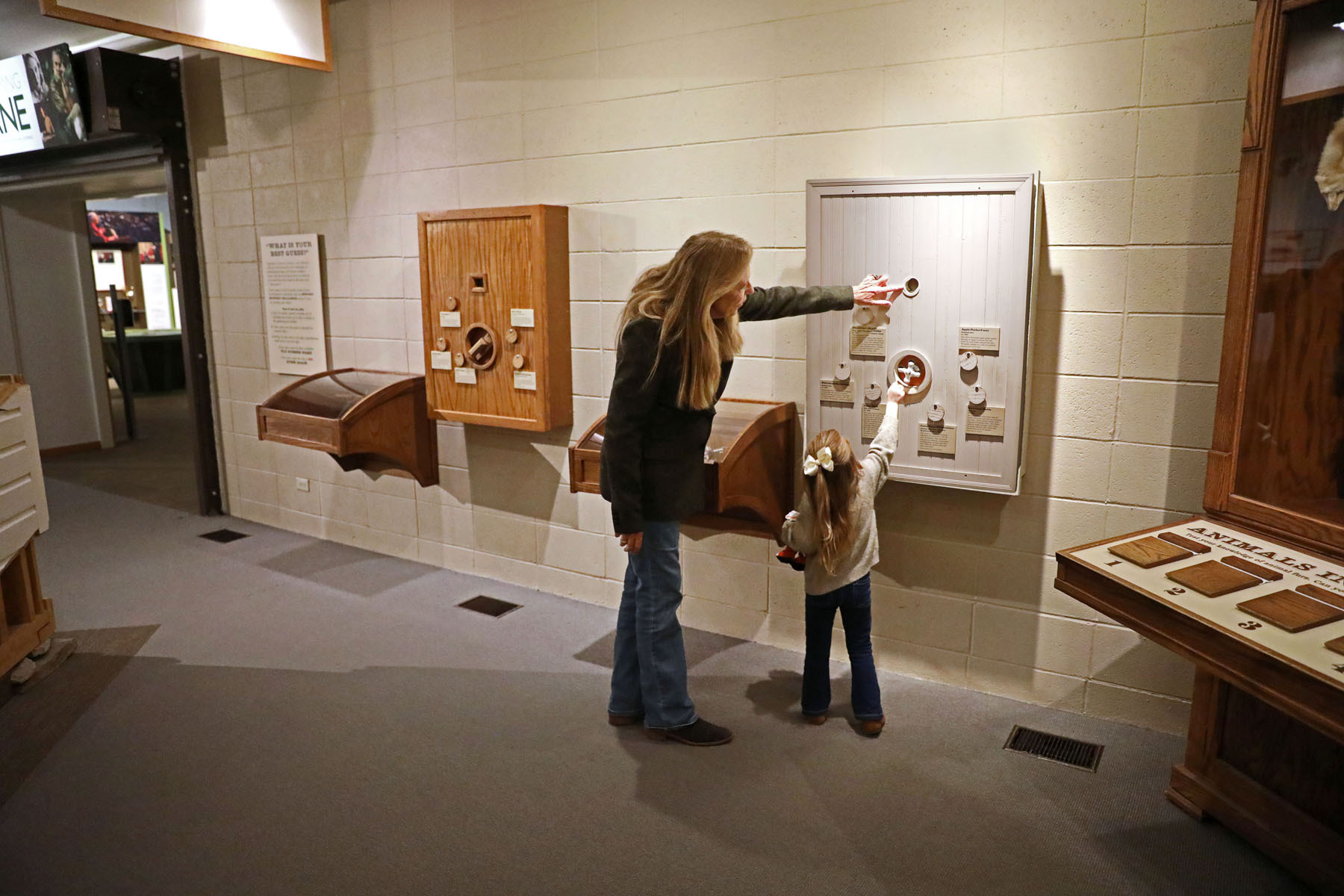Beyond simply providing warmth, quilts can also preserve family memories, connect communities, and tell stories about the people who made or used them. By studying the materials, design, creators, and uses of historical quilts, we can learn about family life and cultural traditions. While some quilts are made for practical purposes, others are made to commemorate important events.
Commemorative quilts are often given to family and friends who treasure the quilts and pass them down through generations. The movements of quilts share stories of ceremony, celebration, migration, marriage, birth, and death. Quilts have significant historical value as objects traditionally made by women, a group whose stories are less often told in traditional history. Quilts old and new continue to share stories and connect families and communities.
In 2020, Museum of the Rockies completed the Marlene Saccoccia Quilt Heritage Project. The museum’s collection of over 100 quilts has been thoroughly researched, cataloged, and photographed and is now available online at Montana Memory Project. This project was funded by Dr. Philip and Marlene Saccoccia and a grant from the Montana History Foundation.


